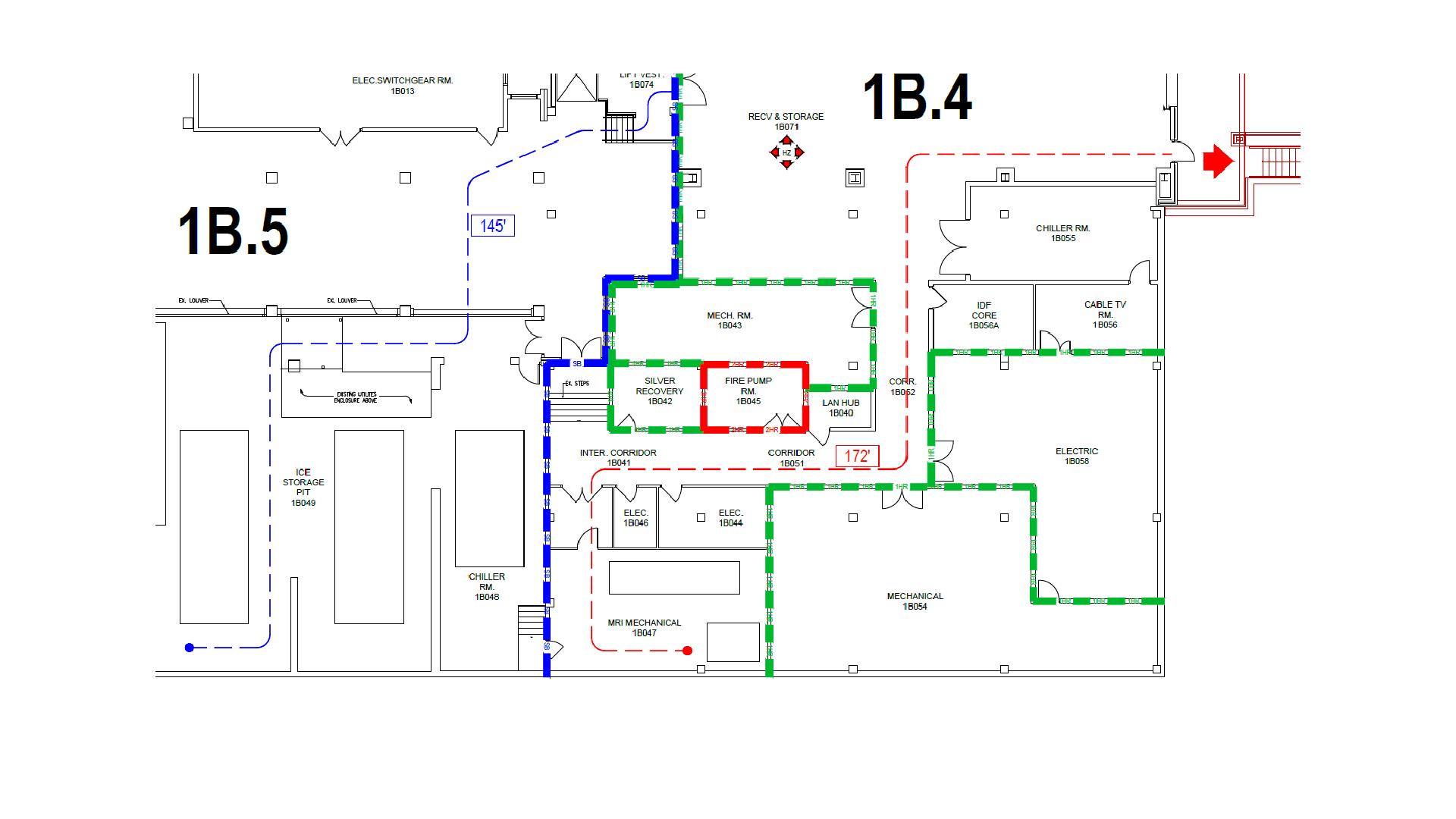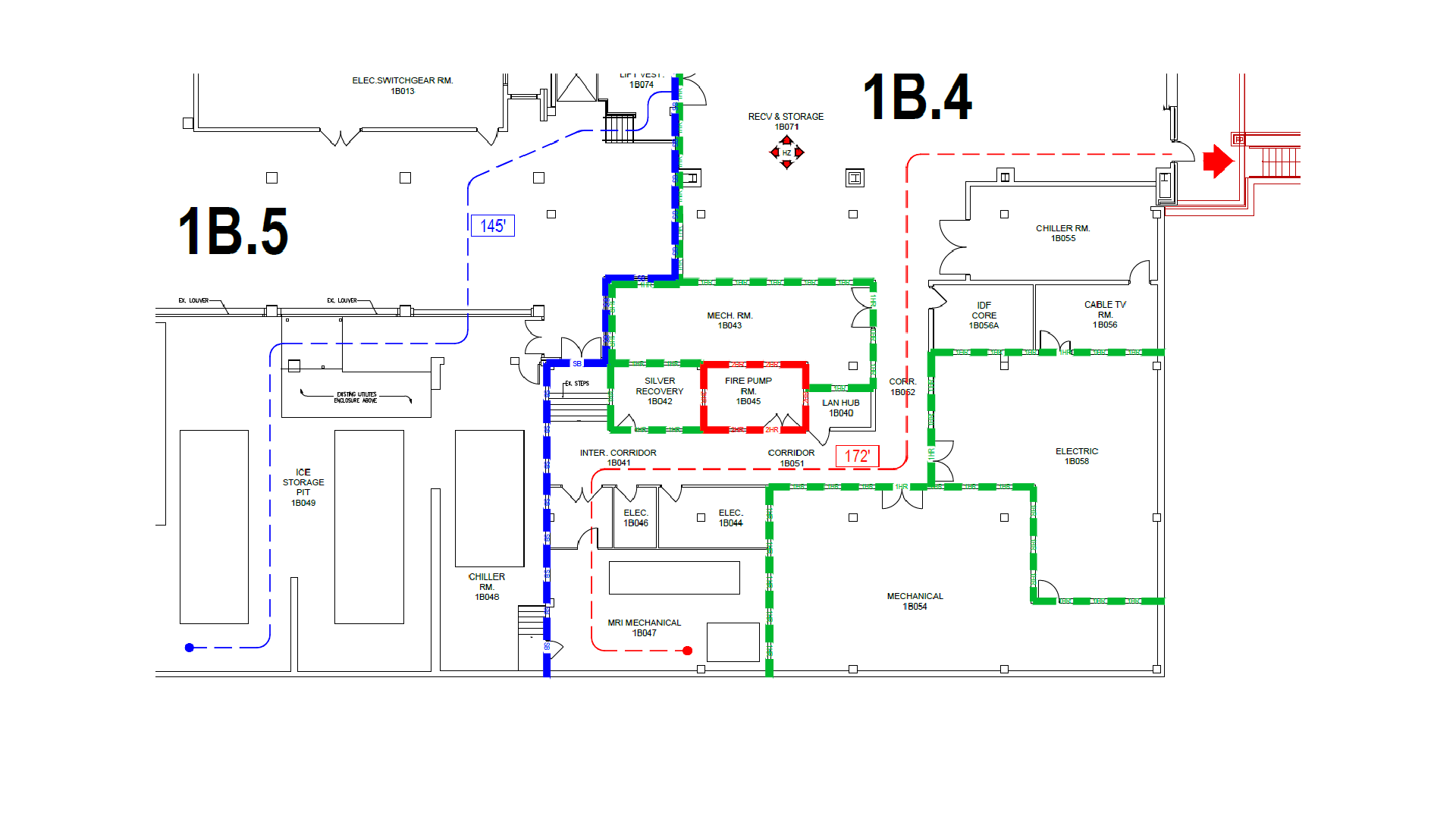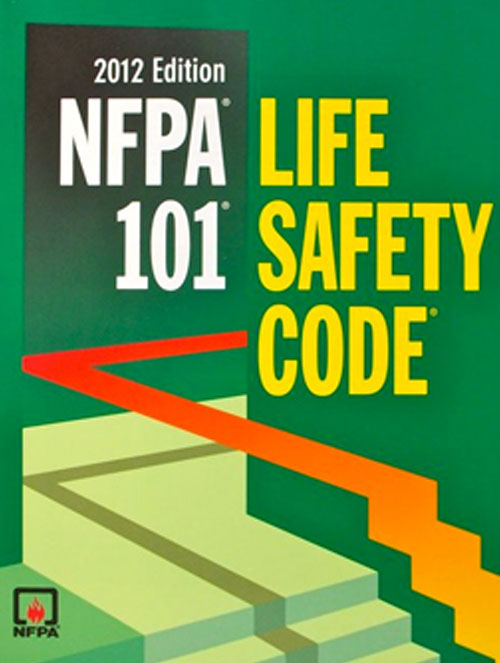Life safety features are crucial in ambulatory care settings to ensure the safety and well-being of patients, staff, and visitors. Adhering to the unique life safety drawing requirements is essential for compliance with TJC regulations and accreditation. Executives, administrators, managers, and safety coordinators play a vital role in achieving and maintaining...
Fire safety is a crucial aspect of healthcare facilities, and having well-developed evacuation plans is essential. In-depth knowledge about creating detailed fire safety and evacuation plans is vital for executives, administrators, managers, and safety coordinators responsible for meeting TJC regulations and maintaining life safety compliance. Stay ahead of the game by...
Life safety drawings play a crucial role in healthcare accreditation processes, providing a visual representation of safety measures in healthcare facilities. These drawings help executives, administrators, managers, and safety coordinators ensure compliance with regulations and achieve TJC accreditation, ultimately safeguarding the lives of patients and staff....
Regularly updating and maintaining life safety drawings in healthcare facilities is crucial for compliance with TJC regulations and ensuring the safety of patients and staff. This article explores best practices for executives, administrators, managers, and safety coordinators to achieve and maintain TJC accreditation and life safety compliance....
Designing Life Safety Plans for Hospitals is crucial for ensuring the well-being of patients, staff, and visitors. This comprehensive guide equips executives, administrators, managers, and safety coordinators with the knowledge and tools needed to achieve and maintain compliance with TJC regulations, life safety compliance, and TJC Accreditation. Stay ahead of the...
Compliance with regulatory standards for life safety drawings in healthcare facilities is crucial in ensuring the safety and well-being of patients, staff, and visitors. Executives, administrators, managers, and safety coordinators play a vital role in achieving and maintaining compliance with The Joint Commission (TJC) regulations, life safety compliance, and TJC Accreditation....
Life safety drawings play a crucial role in ensuring the safety of patients, staff, and visitors in healthcare settings. These drawings provide a comprehensive overview of the building's fire protection systems, emergency exits, and evacuation plans. Understanding the importance and basics of life safety drawings is essential for executives, administrators, managers,...
Discover real-life examples of fire safety audits in healthcare facilities, showcasing the challenges faced and the positive outcomes achieved. These case studies are a valuable resource for executives, administrators, managers, and safety coordinators striving to meet TJC regulations, life safety compliance, and TJC Accreditation. Learn from the experiences of others and...
Discover how our case studies on business occupancies can help healthcare facility executives and managers achieve TJC compliance and enhance life safety....
1. The key regulatory compliance requirements that healthcare facilities must adhere to in order to maintain TJC accreditation include compliance with standards related to environment of care, medical staff qualifications, patient rights, and infection prevention and control.
2. Healthcare facilities should conduct internal audits regularly to ensure ongoing regulatory compliance. The frequency of these audits may vary depending on the size and...











